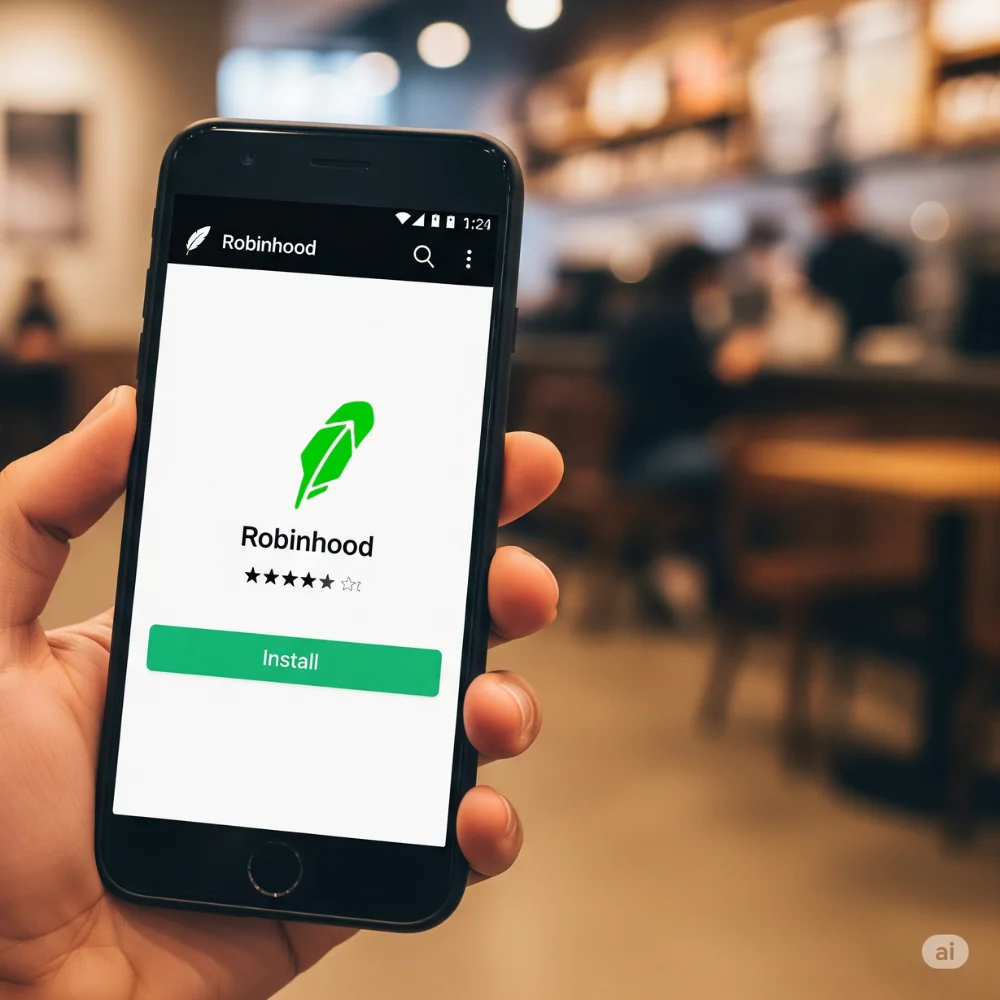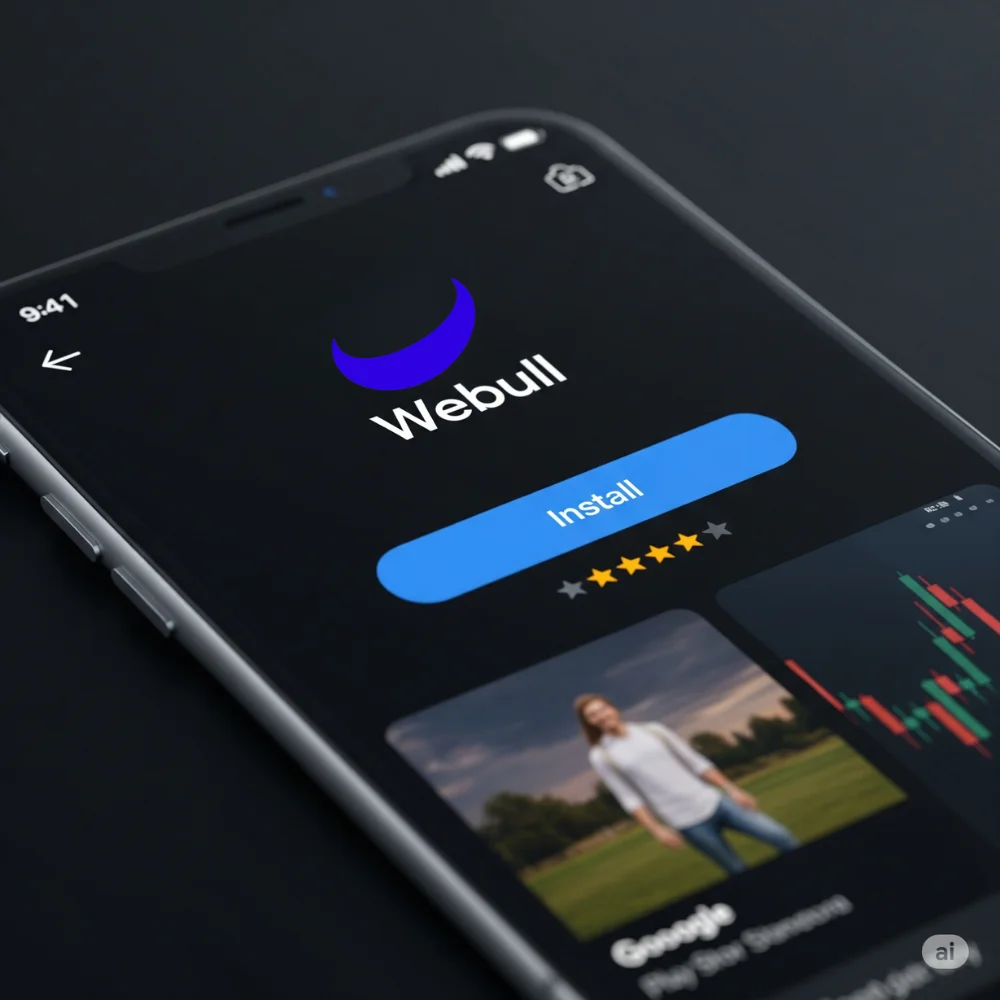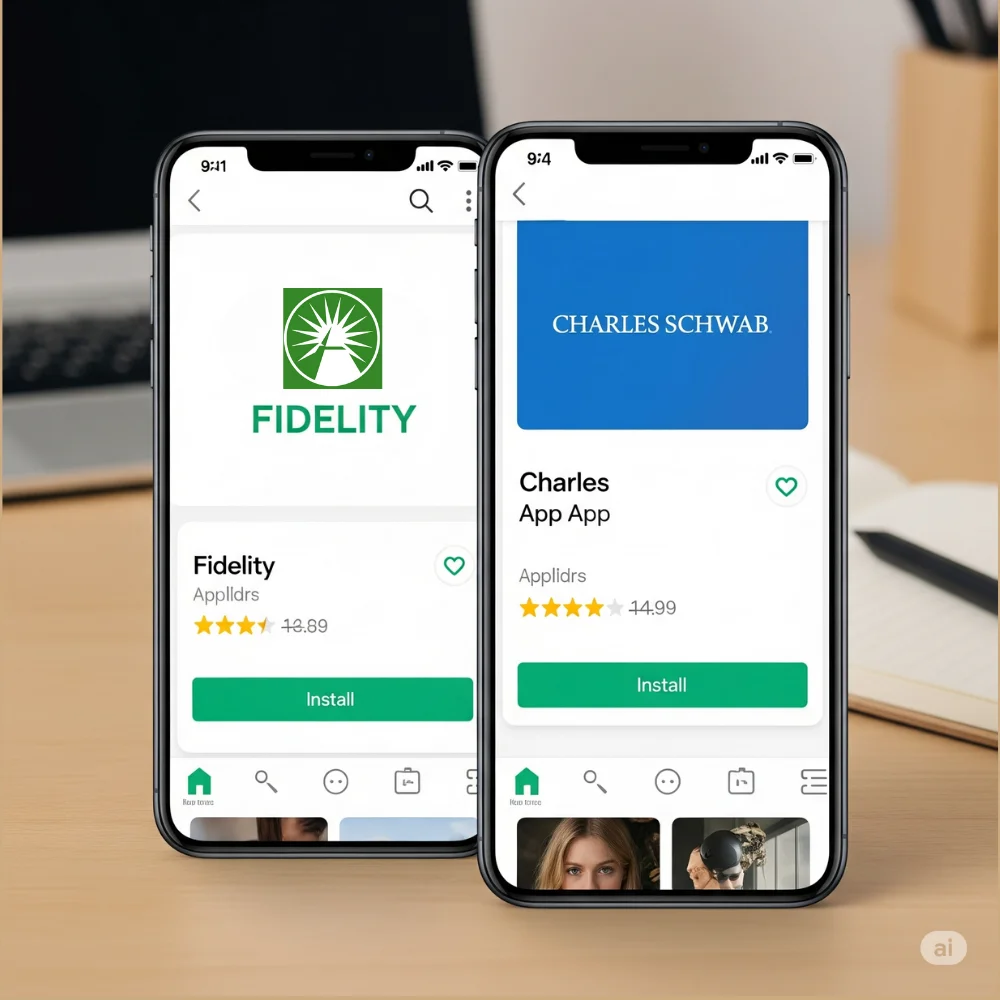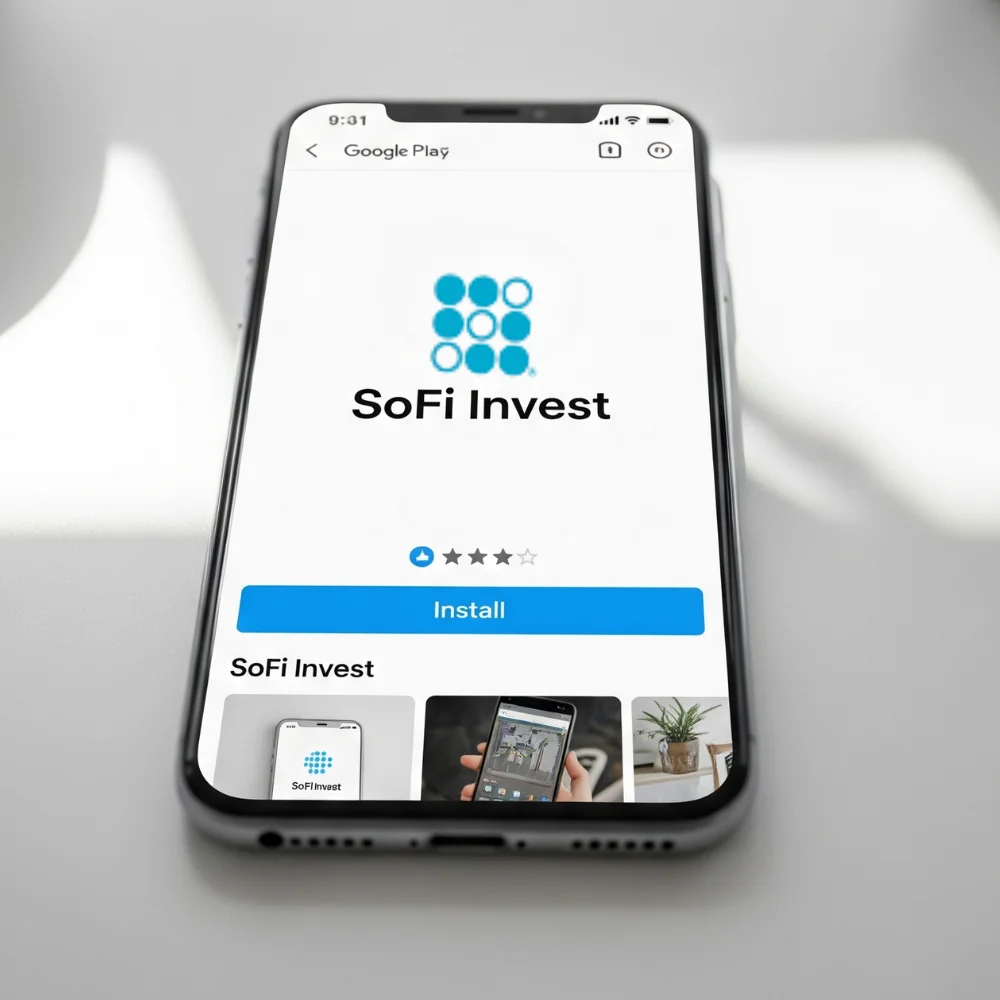Investing used to feel like something only the rich or experts could do. Today, thanks to easy-to-use apps, anyone with a smartphone and a few dollars can start. Even better, many apps no longer charge any fees or commissions for buying and selling stocks. This has opened the door to millions of people who want to grow their money slowly and smartly. In this article, we’ll explore how these zero-commission apps work, how to get started, and which ones you should consider.
What Does Zero-Commission Mean?
When someone says an app is “zero-commission,” it simply means you don’t have to pay a fee each time you buy or sell a stock, ETF (exchange-traded fund), or other investments. In the past, these fees could add up quickly, especially for small investors. For example, buying a stock might have cost $5 to $10 in commission. Now, with commission-free trading, every dollar you invest can go directly into your assets.
Why Zero-Commissions Matter for Beginners?
When you’re just starting, you probably don’t have thousands of dollars to invest. That’s okay. These apps let you:
- Buy stocks with just a few dollars
- Avoid losing money to fees
- Learn by doing with small amounts
- Grow your confidence over time
Imagine putting in $50 and not having to pay $10 just to make the trade. That’s 20% of your money saved right away.
How These Apps Make Money?
- You might wonder: “If I’m not paying a fee, how do they make money?” That’s a good question. Most zero-commission apps earn income in ways like:
- Payment for order flow: They route your orders through specific firms that pay them a small fee
- Premium features: Some offer paid versions with extras like advanced charts or instant transfers
- Interest on cash: They make interest from the uninvested cash sitting in your account
- Lending shares: Sometimes your stocks are loaned to short sellers for a small profit
Knowing this helps you understand that while trading might be free, the platform is still running a business.
Best Zero-Commission Investing Apps
There are many apps out there, but some are easier to use, safer, and better for learning. Here are some popular ones:
Robinhood

Robinhood was one of the first apps to offer completely free trading. It’s very easy to use, especially for beginners.
Key Features:
- Simple interface
- Buy stocks, ETFs, options, and crypto
- Offers fractional shares
- No account minimum
Ideal For: Beginners who want to start quickly and learn as they go.
Webull

Webull is a little more advanced, with better charts and tools. Still, it has no commissions.
Key Features:
- Advanced technical charts
- Offers trading during extended hours
- Commission-free stocks and ETFs
- Fractional shares available
Ideal For: People who want a mix of simplicity and more in-depth tools.
Fidelity and Charles Schwab

These are traditional investment firms that now also offer commission-free trades.
Key Features:
- Full-service support
- Great educational content
- Offers retirement accounts
- More security and trust
Ideal For: Those looking for a long-term and stable platform with learning tools.
SoFi Invest

SoFi makes investing fun and social. It’s aimed at younger users who want to learn and invest in simple ways.
Key Features:
- Fractional shares
- Free financial advice
- Offers both active and automated investing
- Combines with other SoFi financial services
Ideal For: People new to investing who also want help managing loans, budgeting, or saving.
How to Get Started with a Zero-Commission App?
Starting is easier than you think. Follow these steps to get moving in just a few minutes:
- Download the app: Pick one of the apps above and install it on your phone
- Create an account: You’ll need to enter your name, address, and Social Security number (for tax reasons)
- Link a bank account: This is how you’ll deposit money
- Start with a small deposit: Even $10 is enough to begin
- Choose a stock or ETF: Use the app’s search tools to find one you like
Buy your first share (or part of one): Congratulations! You’re now an investor
What You Can Invest In?
Most apps let you buy:
- Stocks: Shares of companies like Apple or Tesla
- ETFs: Baskets of stocks, like the S&P 500
- Cryptocurrencies: Some apps support Bitcoin, Ethereum, and others
- Options: Riskier choices for advanced users
When you’re just beginning, it’s usually best to start with stocks or ETFs. They’re easier to understand and more stable.
Understanding Fractional Shares
Let’s say Amazon stock costs $3,000 per share. That’s a lot for most beginners. But with fractional shares, you can invest $10 in Amazon and own a small piece of it. It works the same way, just in smaller parts. Most zero-commission apps now support this, making investing more flexible than ever.
Tips for Beginner Investors
Starting can feel confusing, but here are a few friendly tips to help:
- Start small: Don’t invest money you can’t afford to lose
- Be patient: Stocks go up and down—it’s normal
- Learn before you risk big: Use the free learning tools inside most apps
- Diversify: Don’t put all your money into one company
- Avoid emotional trading: Just because something is trending doesn’t mean it’s a good buy
- Think long term: The best investors build wealth slowly over years
Pros of Using Zero-Commission Apps
These apps offer many benefits, especially for new investors:
- No fees to buy or sell
- Low or no minimum investment
- Simple, user-friendly interfaces
- Instant access from your phone
- Great for learning as you go
They make investing feel more like a habit and less like a complicated task.
Possible Downsides to Watch Out For
Nothing is perfect, and these apps have some risks:
- Too easy to trade: You might buy or sell without thinking it through
- Lack of education: Some apps don’t teach much
- Hidden costs: Instant transfers or premium features may have fees
- Addictive design: Some apps feel like games, which might lead to overtrading
- No human help: You won’t always find someone to talk to for guidance
Knowing these can help you avoid common mistakes.
The Role of Automation and Robo-Advisors
Some zero-commission apps also offer robo-advisors. These tools automatically invest your money based on your goals and risk level.
Benefits of Robo-Investing:
- Hands-off investing
- Great for people who don’t want to pick stocks
- Often rebalances your portfolio for you
- Works well with long-term goals like retirement
Apps like SoFi and Fidelity offer both active investing and robo-advisors, giving you more options.
Taxes and Investment Accounts
Even though trading is free, you still have to deal with taxes. Here’s what to remember:
- Capital gains tax: You’ll pay taxes on profits when you sell
- Dividends: Money paid to you by companies may be taxed
- Tax forms: Apps send you these each year for filing
- Retirement accounts (like IRAs): Help you avoid or delay taxes
If taxes confuse you, most apps offer simple guides, or you can ask a tax professional.
Are Zero-Commission Apps Safe?
Yes, most major apps are regulated and insured. Here are a few safety features to look for:
- SIPC insurance: Protects your investments (up to $500,000) if the app fails
- Two-factor login: Keeps your account secure
- Encryption: Keeps your personal data safe
Always research the app you choose and read reviews to feel confident.
Investing Isn’t Just for the Rich Anymore
These new tools have changed the game. Anyone, no matter their income, can now start investing and building wealth. Even if you don’t have a financial background, you can still grow your money wisely.
Final Thoughts
Zero-commission investing apps have made it easier than ever to start investing without big money or deep knowledge. Whether you’re saving for a goal or just want your money to grow, now is a great time to begin. With smart habits, patience, and the right tools, you can take control of your financial future one small step at a time.



